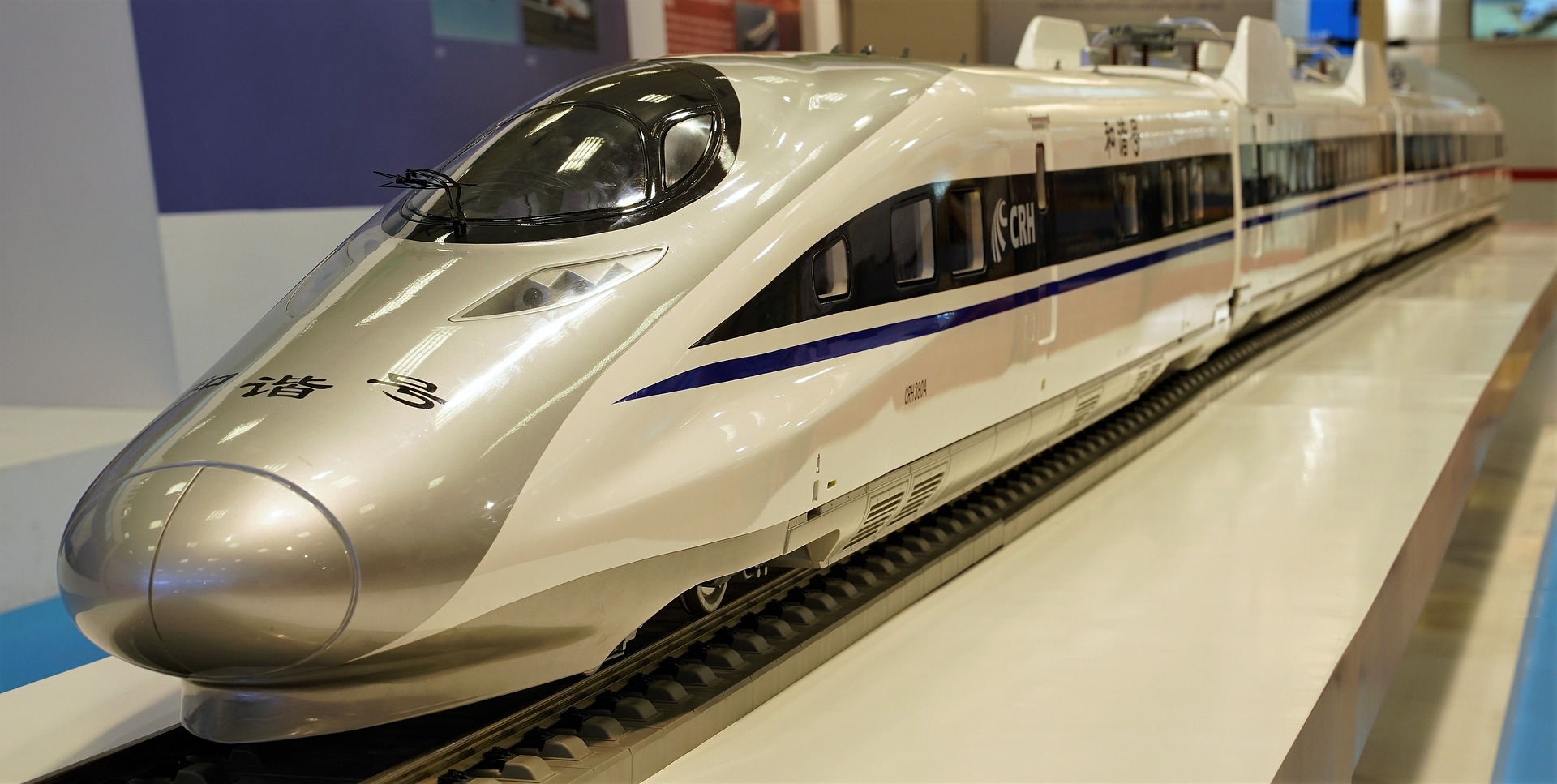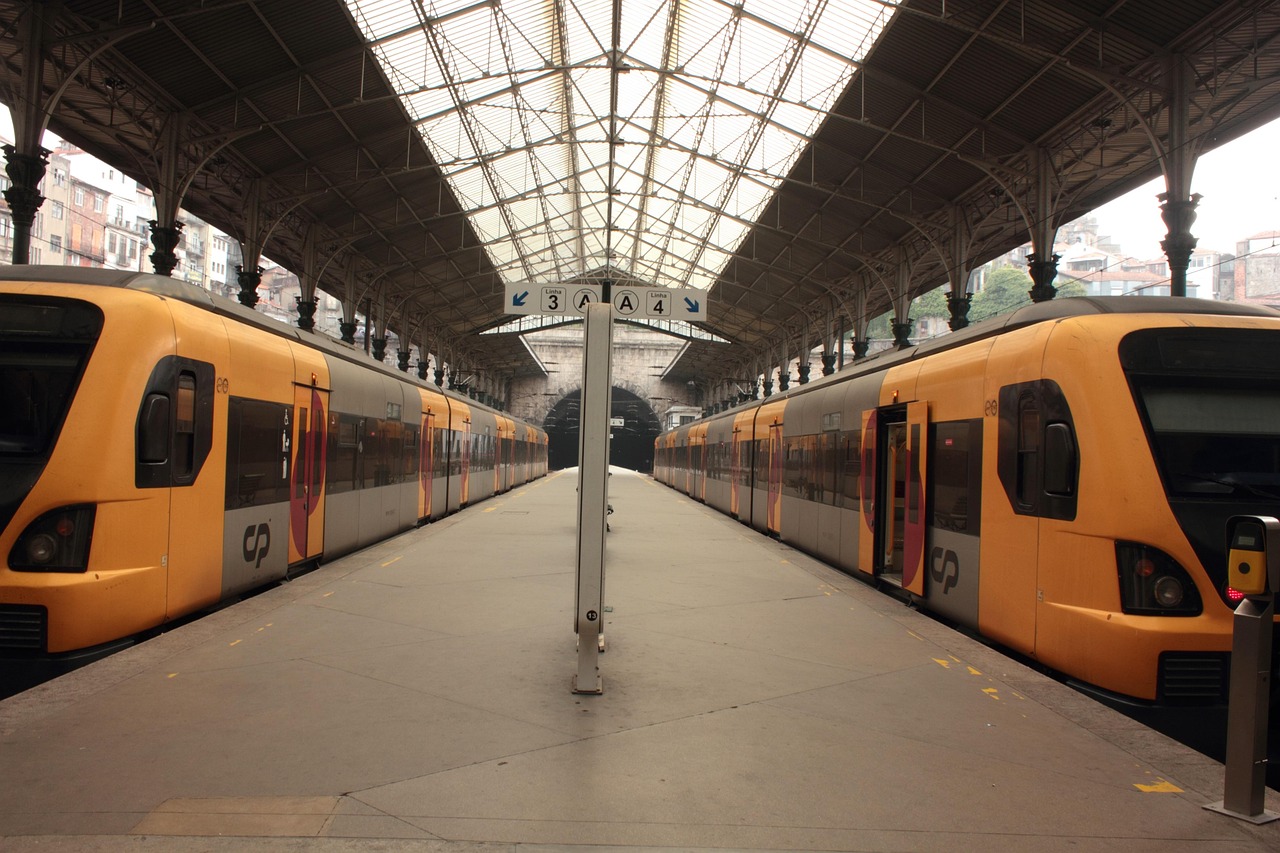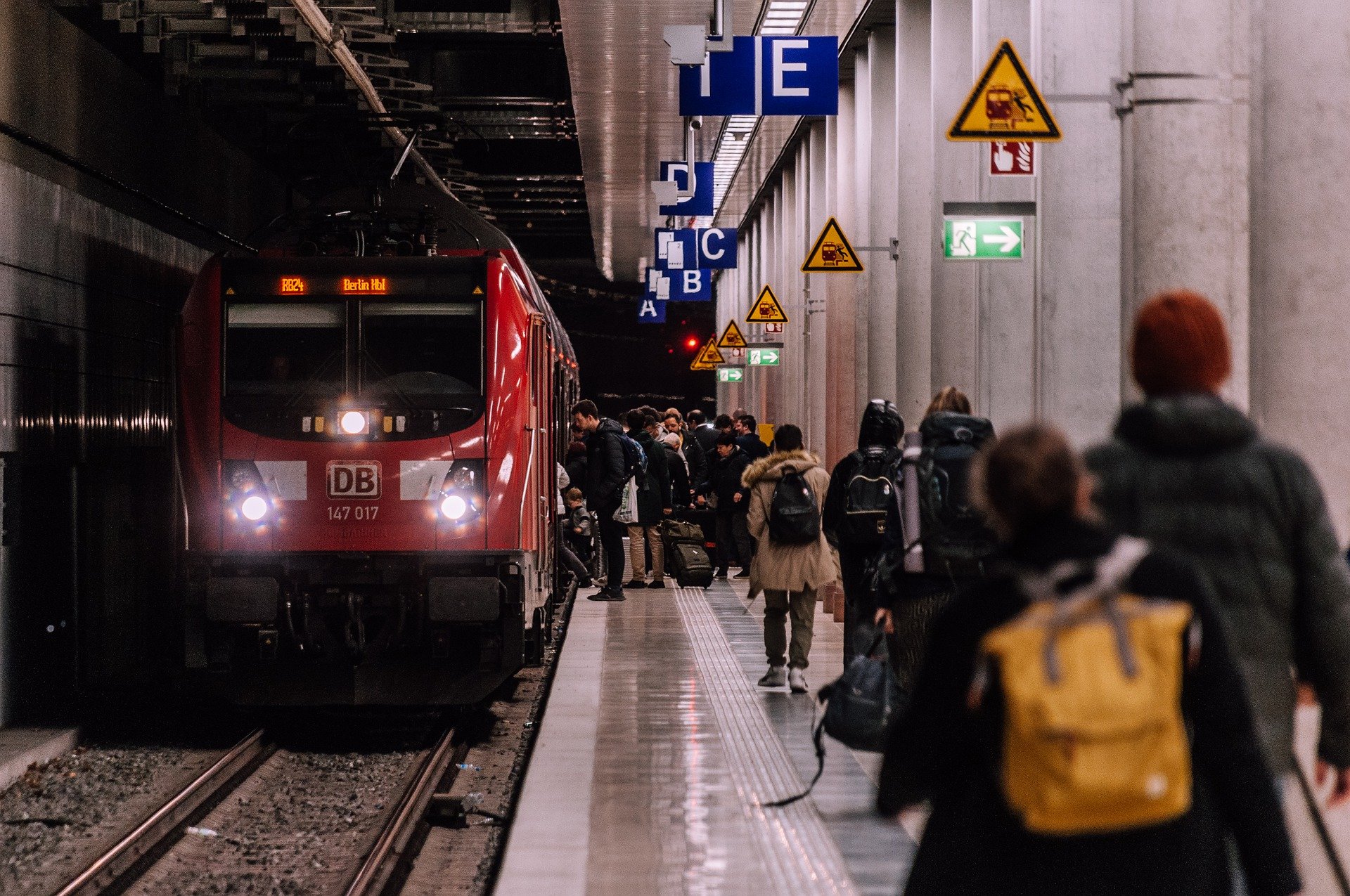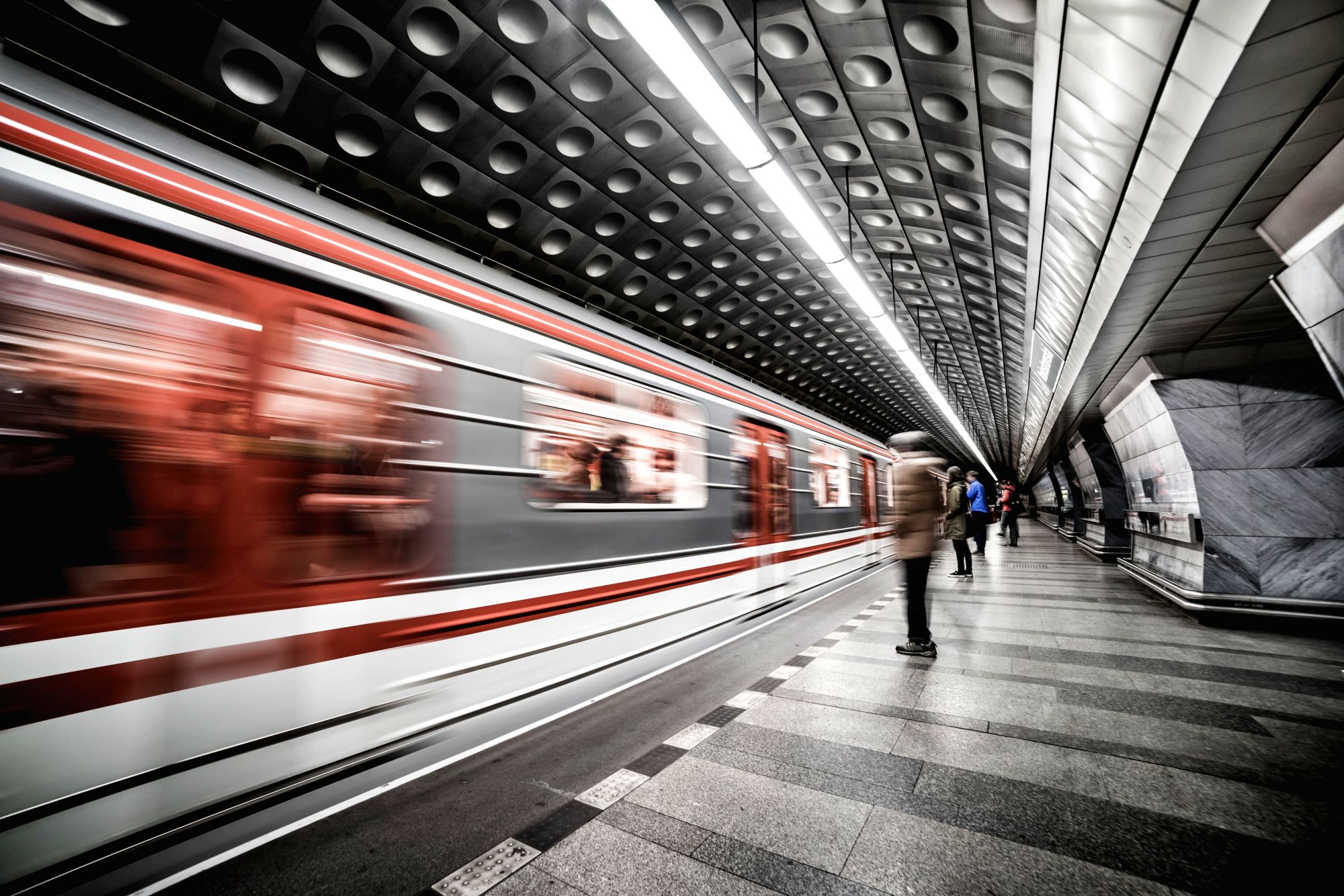
Europe-wide rail system to launch by 2040

21st Europe’s blueprint envisages a Europe-wide high-speed rail network that would function like a metro or tube system. Dubbed Starline, it is hoped to reinvent Europe’s “fragmented, uneven, often slow” rail infrastructure and to introduce ultra-fast rail connections to rival air travel.
According to the think tank:
A truly integrated rail system is no longer just a matter of convenience; it’s a strategic necessity for Europe’s resilience in the 21st century.
Designed like a metro system, [Starline] changes how Europeans perceive their own continent – not as a collection of distant capitals, but as a single, fast-moving network where every connection, whether for people or goods, is within easy reach.
Moreover, 21st Europe plans to have the network running by 2040.
Building a Europe-wide rail system

“From the golden age of night trains to today’s 400,000+ Interrail users annually, the desire for open, accessible travel is clear,” the think tank says, adding, “Yet, despite public demand, cross-border travel remains fragmented, slow, and expensive.”
Meanwhile, the Trans-European Transport Network (TEN-T) is already in the works, a European Union initiative aiming to unify infrastructure across the bloc. Reportedly, the new system will be an estimated 30 percent faster than current rail travel or by road, with trains operating at 300-400 km/hr.
Is the Europe-wide rail network feasible?
According to 21st Europe, the plan lacks “ambition and design,” not only in the passenger experience, “where complex ticketing, inconsistent service, and outdated stations make rail feel fragmented.” Moreover, it is a “missed opportunity to make rail and defining feature of Europe itself.
Meanwhile, the group sees a unified design as key to a cross-border network. Of the current system, 21st Europe said:
Stations feel disconnected, trains vary wildly in design, and the journey itself is rarely considered as part of the experience.
Other forms of transport, from Japanese bullet trains to Scandinavian airports, have shown that mobility can be both functional and iconic.
Starline trains could travel from Helsinki to Berlin in 5 hours

Meanwhile, carriages won’t be divided by class, but rather like spaces for different needs. These include quiet zones for working on the journey and family-friendly sections.
“Kyiv to Berlin, historically an overnight trip, becomes a predictable, seamless connection,” the think tank says. “Milan to Munich, a slow and winding route today, transforms into a high-frequency link between major economic centers.”
While this is a dream right now, 21st Europe sees stations on the rail route as cultural hubs, including restaurants, shopping and attractive waiting areas, along with museums, concert halls, sports venues and event spaces.
With climate change always in the news, transport is one of Europe’s biggest challenges. According to the European Environment Agency in 2022, the sector contributed around 29 percent of the EU’s greenhouse gas emissions.
Readers can learn more about Europe’s efforts on the think tank’s website here.




Leave a reply